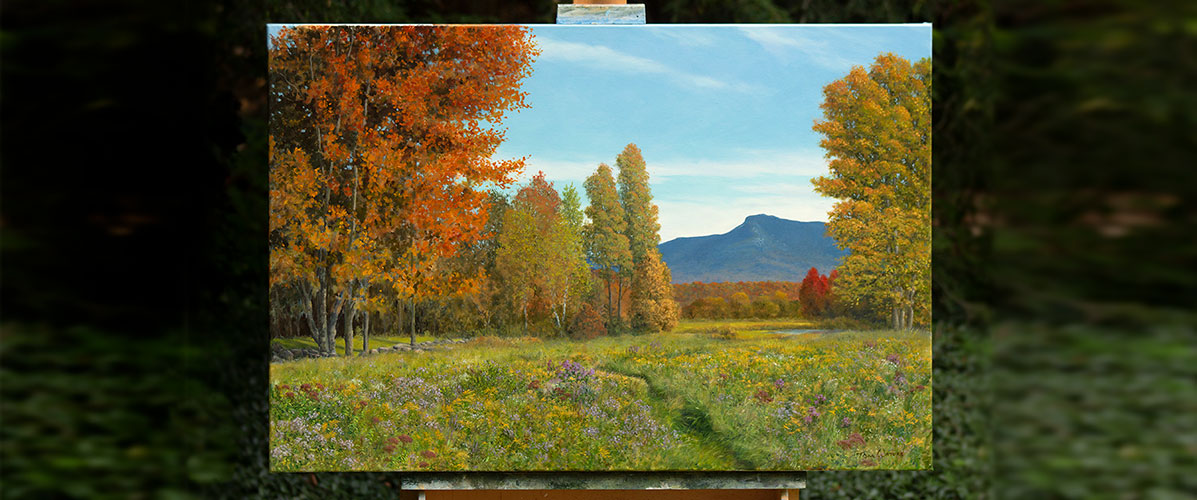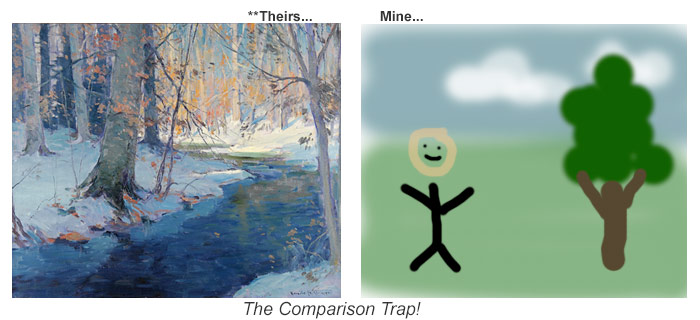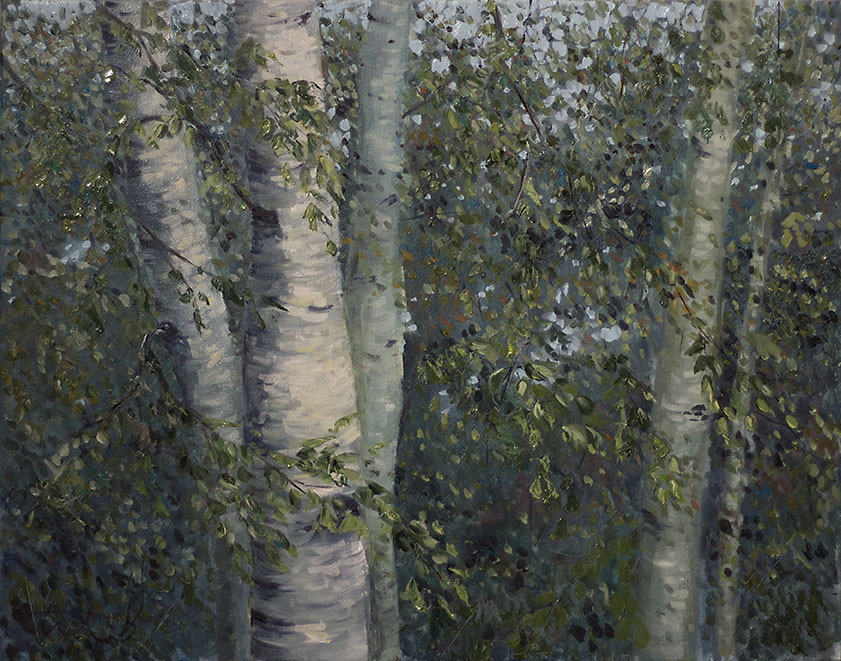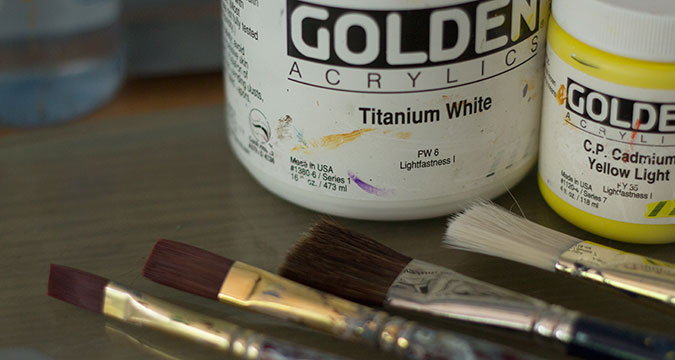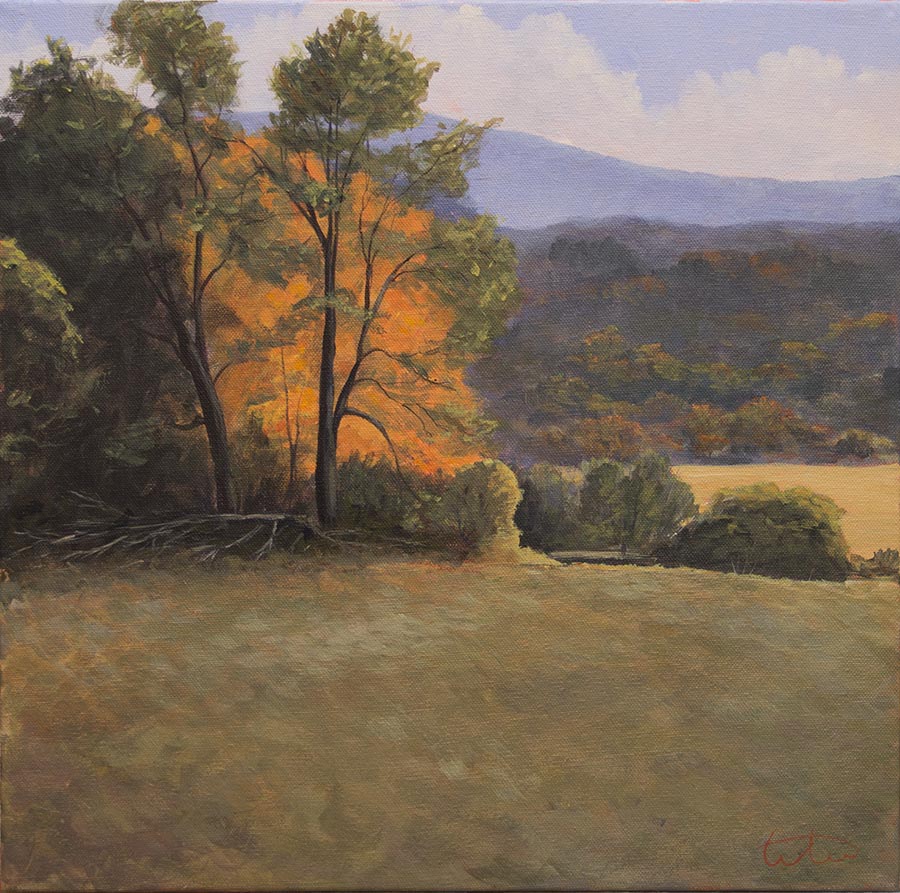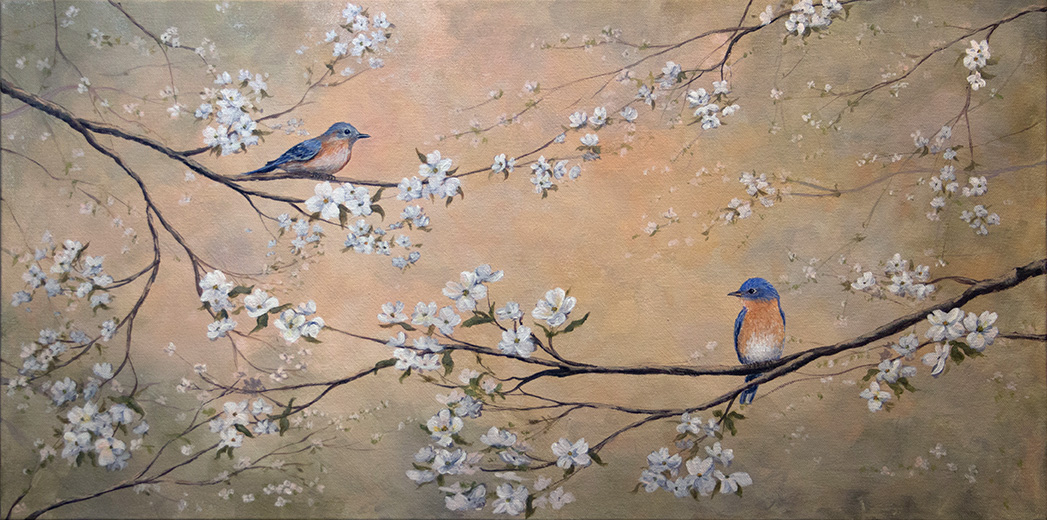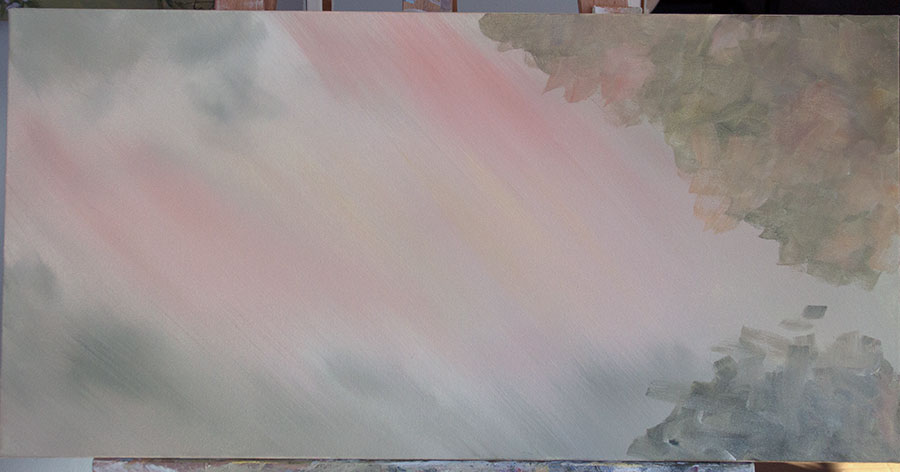After a brief visit to a couple of galleries today my wife said to me “It must be hard as an artist to be surrounded by all that art and not compare yourself to other artists.”
I work in a gallery part-time and I am surrounded by some of the best artists around, many of whom I greatly admire; Eric Tobin, Stapleton Kearns, T.M. Nicholas, Andrew Orr, Kevin Fahey, Emile Gruppe and so many others. It is a blessing and a curse. I can admire and dissect the work of other artists to try to learn how they achieve an effect or render a passage. And, I can get frustrated and wonder if I just started to late to ever achieve the same level of proficiency, to ever be “good enough” to share the same space.
She is, of course, right. It is hard not to look at other artists work and mentally wonder if I’ll ever be “that” good. I doubt there are many artists that don’t, or haven’t at some point, suffered from the same affliction. I call it “The Comparison Trap”.
